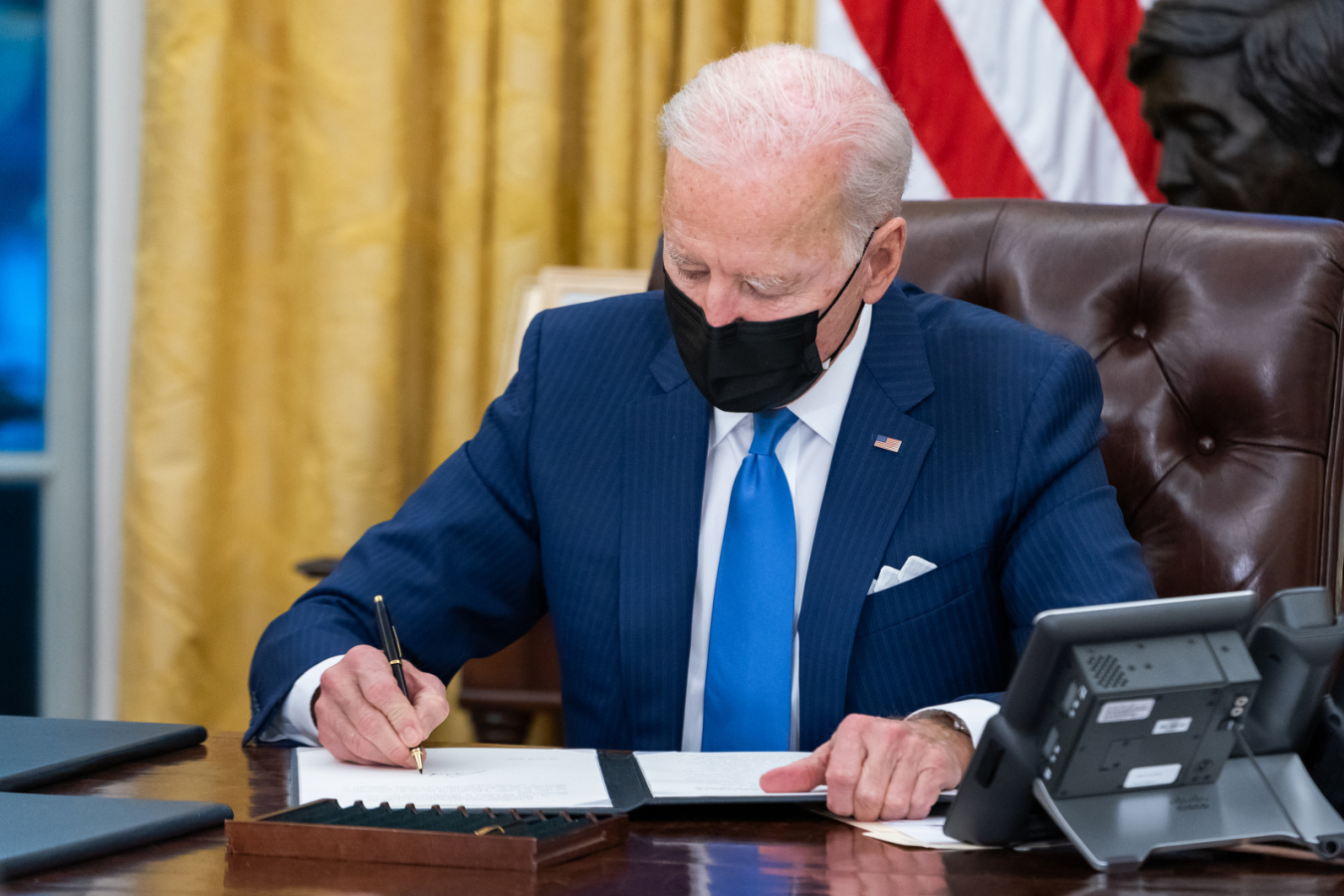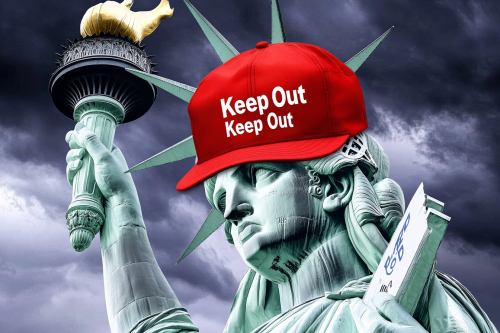There had been hopes that a Biden administration would lead to a reduction in labor shortages in the US. However, the US visa system remains restrictive, difficult, expensive and complicated to navigate. Much of the time in reality there is no type of US work visa available to employ overseas workers. The US work visa system has not changed that much under the Biden administration compared to under Trump.
According to a ManpowerGroup survey, skills shortages in the U.S. have more than tripled in the last ten years, with 69% of employers having difficulties in filling positions. It was 14% in 2010.
"As U.S. employers face the highest skills shortages in over a decade, the relationship between employer and employee is shifting," said Becky Frankiewicz, President of ManpowerGroup North America. "Skilled workers are in control and companies need to understand people's priorities to compete.”
Which work visa is available?
The best known work visa is probably the H1B visa. However, this is subject to a cap of 85,000 visas per year consisting of the regular cap of 65,000 visas and 20,000 for the masters degree cap. Most employers are subject to the cap. The following is a section from the USCIS website:
You apply electronically to come under the H1B visa cap. The likelihood of success is low. Much of the time the H1B visa is the only visa category that may be remotely suitable. This compares to the UK sponsor licence and Skilled Worker visa scheme which has no quota. The UK visa system is however very expensive.
For FY 2023, we received 483,927 H-1B registrations and initially selected 127,600 registrations projected as needed to reach the FY 2023 numerical allocations. Those with selected registrations will have their myUSCIS accounts updated to include a selection notice, which includes details about when and where to file.
Other visa categories such as the E2 visa and L1 visa
It is perhaps strange. However, in many cases it is easier for foreign companies to bring in workers than US owned businesses. For example for the L1 visa workers who have worked outside the US for the overseas entity can be transferred to the US. In addition, under the E2 visa and E1 visa scheme nationals of many countries around the world can invest in the US and bring in management and essential skills level employees.
Forbes report says fewer work visas did not help US workers
According to research from earlier this year the reduction in US work visas due to the COVID-19 pandemic did not make US workers any better off. Instead labor shortages resulted in shortages of staff at supermarkets, shorter hours in restaurants and bars and companies being unable to fill vacancies.
Madeline Zavodny, an economics professor at the University of North Florida and a former economist at the Federal Reserve Bank of Atlanta, in a new report for the National Foundation for American Policy (NFAP) had the following to say.
…“The Covid-19 pandemic resulted in a sharp drop in international migration to the United States, but there is no evidence the entry of fewer foreign workers on temporary visas improved outcomes for U.S. workers,”…
Politically difficult for substantial reform to US work visa system
In say ten or twenty years time will the situation really be that different? Politically are Democrat or Republican administrations able to allow in many more foreign workers. Perhaps US labor unions and anti-immigrant Republicans will not allow it.
Workpermit.com can help with US employment-based visas
If you would like to apply for a US work visa – including L1 visas, E2 visas, O1 visas and H1B visas - Workpermit.com can help.
Workpermit.com is a specialist visa services firm with over thirty years of experience dealing with visa applications. We can help with a wide range of visa applications to your country of choice. Contact us for further details. You can also telephone 0344 991 9222.




